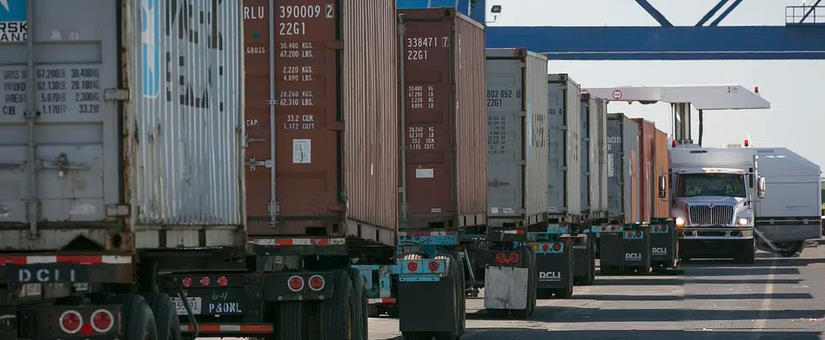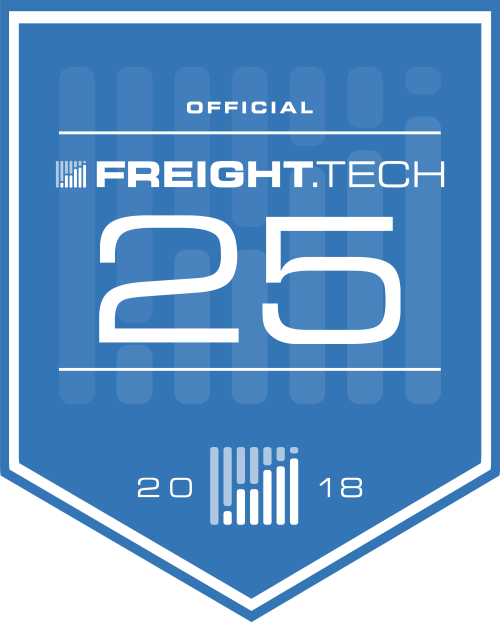Growing up, detention was a punishment for poor behavior, but in today’s transportation industry, drivers get hours of unpaid detention even when they do everything right.
We recently enjoyed MATS in Louisville, KY, and the Federal Motor Carrier Safety Administration (FMCSA) was there as well, sharing updates on some upcoming initiatives. One of the problems FMCSA is studying is detention and its impact on driver compensation, safety, and retention.
It’s essential for the transportation industry to address the issue of detention before the government steps in with more policies and legislation created by people who don’t understand the industry.
The Problem of Detention
Detention happens when a driver shows up on time and the facility isn’t ready to load or unload the truck. The industry standard is that the load or unload should be completed within two hours. After two hours of wait time, shippers pay an hourly fee until the driver leaves the facility.
Unfortunately, that money is going to carriers and brokers, not to drivers. Only 3% of drivers said they get paid for 90% or more of their detention claims. On top of that, detention time causes drivers to miss other unloading times and be unavailable to pick up additional loads.
The fees facilities pay aren’t high enough to discourage inefficient operations, and drivers pay the price.
As a result, many are forced to make up for lost income by driving faster, making riskier routing decisions, and taking chances in heavy traffic. This affects safety, and it’s why the government has taken notice of the problem.
Solving detention issues is complex, but it’s vital that the industry take this on so that we don’t end up with additional legislation, reporting, and other rules that hurt transportation.
The Importance of Data
Right now, the only details we have about detention come from ELDs, driver reports, and facilities that share how much they pay in fees.
This information is spotty at best, and the first step in solving detention is to create a way to collect real data on how long drivers are being held up and where it’s happening.
Drivers can help track detention more accurately by using on-duty and off-duty correctly on ELDs, or by using third-party apps to track detention time. These tools use GPS technology to record where the truck is during the reported detention to verify that they are, in fact, at a facility.
It’s important to separate normal loading and unloading time from detention so that we can address the problem accurately.
Increase Facility Transparency
Carriers are starting to react to high detention times at specific facilities by refusing to load or unload there. However, this is happening individually, carrier by carrier, and the information isn’t generally available to other drivers.
Tools like Dock411 increase transparency in trucking by allowing both facilities and drivers to share information about each warehouse location. Drivers are able to leave reviews about whether a facility has high detention time, which can help others when they’re deciding whether or not to accept a load.
Having the information out in the open may be uncomfortable for facilities, but it will also drive process improvements and increased efficiency as they address the problem. A problem that’s hidden, however, will never be solved.
Third-Party Handling of Detention Fees
As we mentioned, facilities often pay fees for detention time, but this money rarely makes it back to the driver, who is the most impacted by the wait.
This could be solved by having a third-party entity that would track detention time, assess payments to facilities, and pass them on to drivers and carriers. That would ensure that contracts were enforced correctly and remove the driver/broker/facility conflict that often gets in the way of fair payment.
A third-party company or non-profit could play an integral role in helping solve the detention time issue without government intervention.
Detention Can Be Solved — Do We Want to Do It?
The detention issue is serious and impacts safety, shipping efficiency, fair pay, and more. As we can see from the FMCSA presentation at MATS, the government has noticed and is preparing to step in.
We don’t want to deal with more laws and regulations when we can police ourselves. With additional transparency and fair distribution of detention fees, we can solve the problem without regulators coming in.
Do you have other ideas? I’d love to hear them!
And if you’d like to integrate Dock411’s data into your technology to improve transparency and help drivers know what to expect at facilities, we’d love to chat. Contact us today!

